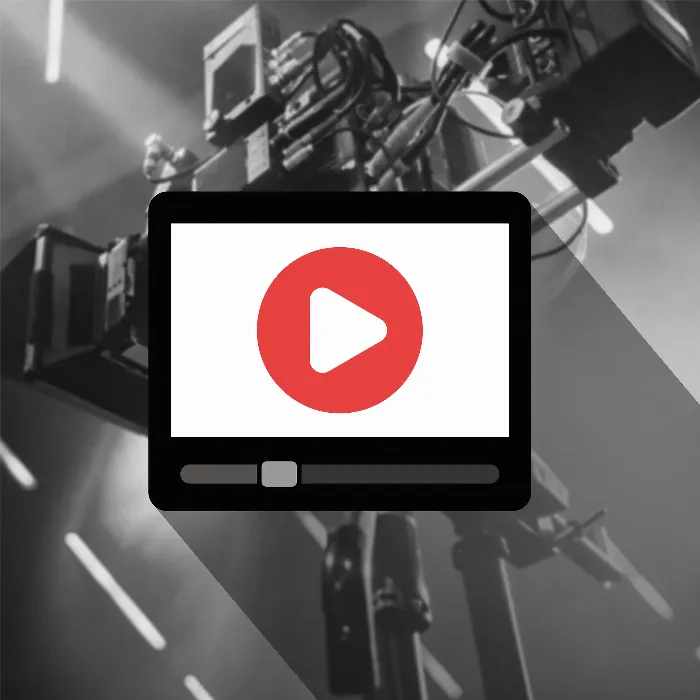The question "How much footage do I need for my video?" may seem simple at first, but often turns out to be quite complex. Many videographers, whether beginners or advanced, face the challenge of finding a balanced amount of filmed material. There are important considerations worth noting to ensure that you end up working with enough high-quality material for editing. Let's find out together how much you should actually film.
Key insights
- Stick to a clear plan to determine the extent of your footage.
- B-Roll is crucial to support your narrative.
- Filming what you need is important, but having more footage gives you greater flexibility.
- Let the camera run longer to have more options later.
Step-by-step guide
1. Create a clear plan
A clear plan is the foundation for your video project. Think ahead about what exactly you want to film, which scenes are important, and how you want to connect them. A well-thought-out plan helps you set the framework and decide how much material is needed.

2. Consider A-Roll and B-Roll
In videography, we differentiate between A-Roll and B-Roll. A-Roll is the main footage where you capture your voice or the primary scenes. B-Roll, on the other hand, consists of supplementary shots that support the story. For example, when you describe a location, it's helpful to show additional footage of that location. This enhances the visual experience and keeps the viewers engaged.
3. Serve the story with B-Roll
Take the opportunity to collect B-Roll. It's time to experiment with creative perspectives and cuts. Gather everything that strengthens the visual narrative. Whether you are doing pans or close-ups, diversity in your shots makes a big difference.
4. Film what you need - and more
Experience shows that it's better to film more material than to limit yourself to the essentials later on. An abundance of footage gives you the freedom to experiment in editing. Although deciding what will ultimately be used can be challenging, the advantage of a larger selection outweighs the downsides.
5. Let the camera run longer
A common mistake is to stop recording immediately after the first sequence. You don't know how you'll use the footage later. Let the camera keep running, even if you make small mistakes or someone walks through the frame. What is cut out can always be removed, while you might lose valuable sequences if you stop.
6. Take your time and practice
To better estimate your "material needs," go out with the camera frequently. Take your time to film different scenes and develop a feel for how much footage you need. The more you practice, the better you'll be at realistically assessing the time and quantity required.
Summary - How much material do you need for your video projects?
The answer to the question of how much footage you need for your project is not universal. A clear plan, targeted filming of A-Roll and B-Roll, as well as capturing various angles are essential. Additionally, it is advisable to let the camera run longer to provide yourself with a larger selection later. You will learn what works best for your specific projects.
Frequently Asked Questions
How much footage should I film for a short video?It is recommended to film at least twice as much footage as you actually need.
Is B-Roll absolutely necessary?Yes, B-Roll enhances the narrative and makes the video more engaging.
What should I do if I have too much footage?You can always remove unused footage in editing, so it's better to film more than less.
How do I find the right balance when filming?Practice makes perfect; go out with the camera frequently and let the recordings run.


